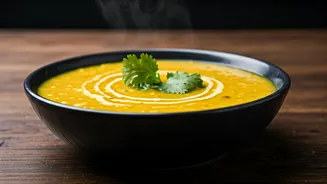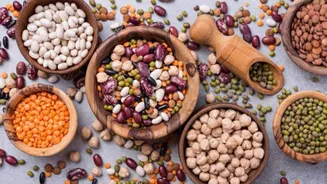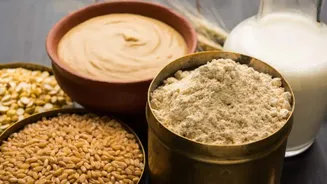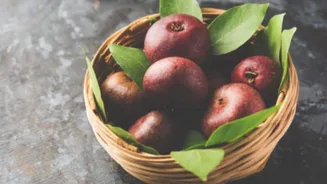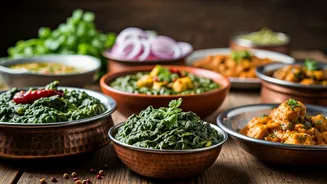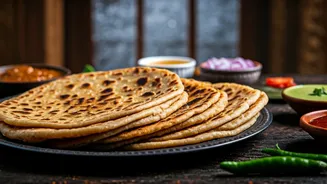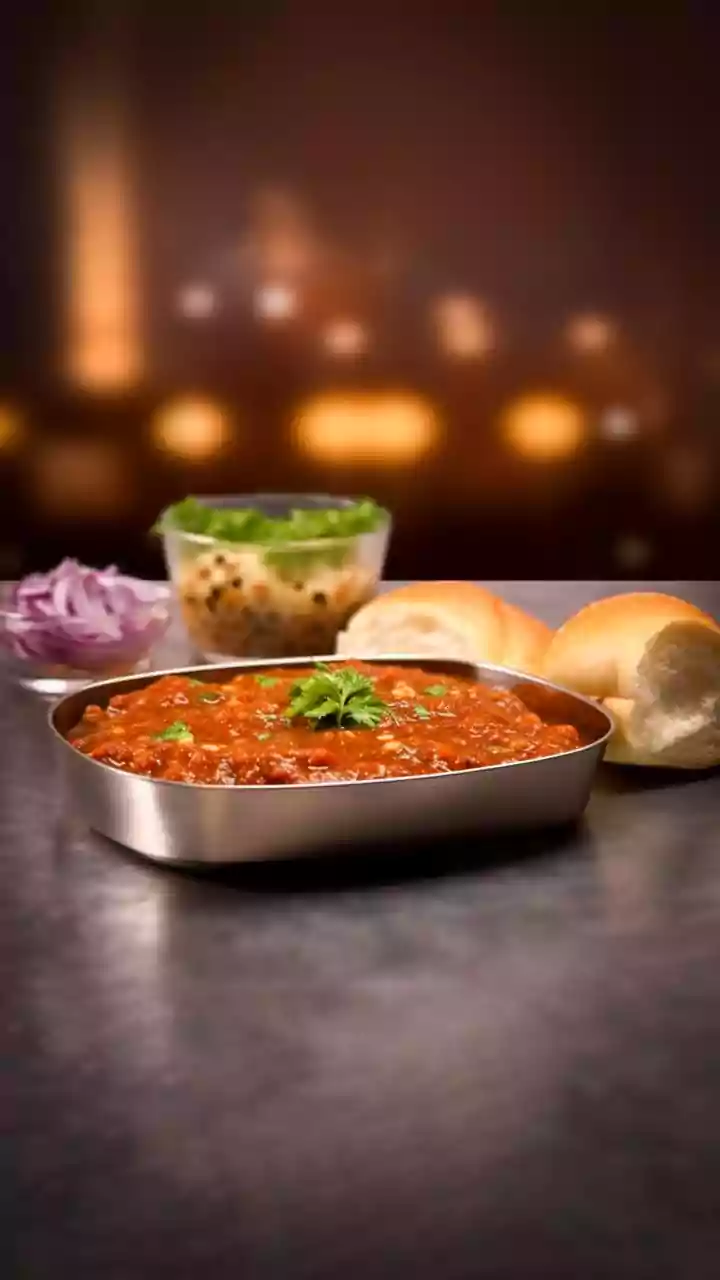A Culinary Cornerstone
Dal is more than just a food item; it embodies India's diverse culinary landscape. Its existence spans centuries, interwoven with cultural traditions,
regional variations, and dietary needs. The simplicity of dal preparation—usually involving lentils, spices, and water—belies its profound impact on Indian cuisine. It forms the centerpiece of countless meals, offering sustenance and satisfaction. Its presence is evident across different regions, from the North’s creamy dals to the South’s flavorful sambhars. It’s also incredibly adaptable, lending itself to a variety of cooking styles, from pressure cooking to slow simmering. This flexibility ensures its continued relevance in modern kitchens while honoring tradition. The historical significance of dal as a food source also plays a critical role, having sustained communities and cultures across the Indian subcontinent.
Variety of Flavors
The beauty of dal lies in its wide variety of options. Different lentils, each with their distinct textures and tastes, become the basis for diverse dishes. Take masoor dal (red lentils), which cooks quickly and delivers a delicate flavor. Then there is chana dal (split chickpeas), providing a heartier experience with a slightly nutty flavor profile. Arhar dal (toor dal), often the base for sambhar, presents a slightly earthy taste. Urad dal (black lentils), commonly used in making dals like maa ki dal, introduces a rich, creamy texture when cooked properly. Moong dal (green gram) lends itself well to light, easy-to-digest preparations. These various dals, when combined with different spices and cooking techniques, create a spectrum of flavours. From the smoky tadka of a dhaba-style dal to the creamy texture of a home-cooked one, dal can satisfy a broad range of tastes.
Dal's Nutritional Powerhouse
Beyond its great taste, dal packs a nutritional punch. Lentils are rich in protein, making them an excellent choice for vegetarians and vegans. They're also an important source of dietary fiber, promoting healthy digestion and helping to keep one feeling fuller for a longer time. Dal provides a range of essential vitamins and minerals, including iron, folate, and potassium, which are crucial for overall health and well-being. Moreover, the low glycemic index of most lentils helps in stabilizing blood sugar levels. This makes dal a suitable option for people with diabetes or those who are focused on managing their carbohydrate intake. The addition of spices such as turmeric, cumin, and coriander further enhances the nutritional profile, providing antioxidants and anti-inflammatory properties. The nutritional benefits are easily accessible and play an important role in making it a daily staple.
Comfort in Every Bite
Dal's role as comfort food goes beyond its nutritional value and flavors. It is tied to many childhood memories and cultural traditions. For many Indians, the aroma of a dal simmering on the stove evokes a feeling of home and warmth. In various regions, dal is prepared using family recipes that are passed down through generations. These recipes often feature local ingredients and cooking methods, resulting in a strong connection with the culture. Its warmth and simplicity give a sense of familiarity, making it a reliable and comforting choice in times of need or stress. The feeling of being comforted by a bowl of dal often symbolizes a shared identity and the pleasure of eating with loved ones. It is often the food that brings people together and contributes to creating a strong sense of community.
Dal's Enduring Legacy
Dal continues to be a staple food in India. It has seamlessly integrated into modern eating habits, with new and innovative recipes constantly appearing. Chefs and home cooks explore fusion styles, combining dal with international ingredients and cooking techniques. The growing awareness of health and dietary needs has also contributed to the continued popularity of dal. It is often celebrated in food festivals and culinary events across the country, highlighting the diversity and regional variations. Moreover, social media has expanded dal's reach, allowing people to share recipes and cooking tips. The ease with which dal can be adapted to various dietary preferences, such as vegan or gluten-free, contributes to its ongoing popularity. Dal’s evolution over time proves its ability to adapt and hold its place in the modern world.
